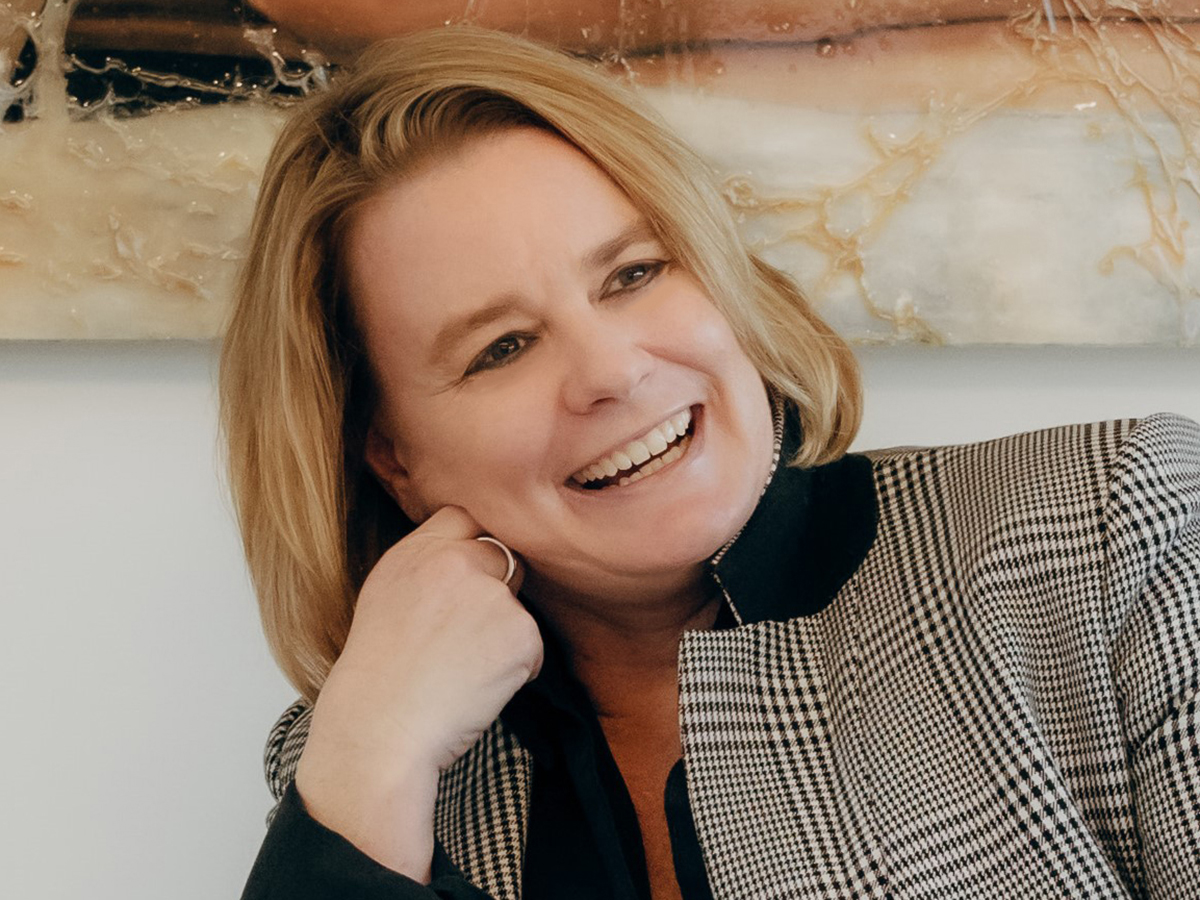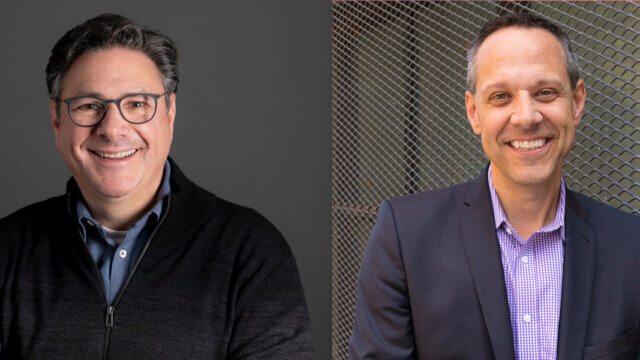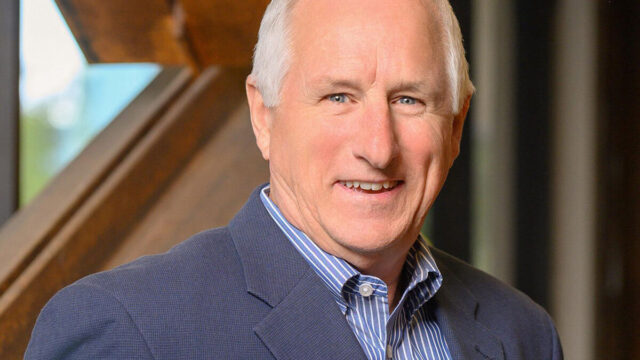By Beth Campbell
In today’s era of high engagement and innovation, design firms need to be more adaptive than ever. Design leaders must focus on creating an organic ecosystem that fosters an environment of flexibility that blends efficiency and resilience for all major components of a successful business model—creating a sliding-scale between efficiency and resilience that adapts based on the scenarios, opportunities and desired outcomes.
Leaders should curate systems that allow your resources, priorities and actions to adjust based on conduits that power your organization to enhance leadership skills and application of your talent’s passions. Conduit parallels such as profit to purpose-driven, limited change to continuous evolution, self-focus to we focus, siloed interactions to collective interactions. In our effort to build stronger client-focused teams, we have placed power in each practice leader to determine the avenues for efficiency and resilience for talent development, design innovation, business development, leadership development and project operations. Inside these tenets, we have found the following common core principles essential to development and strength.
North star
To find success in all aspects of life and business, we must have our true north star defined, framing our mission which allows us to achieve our purpose. A defined mission organizes people to show up for the same reason, fosters a desire to work together to achieve something greater than themselves, and allows them to carry the brand to broader impact and influence.
Core values
In our era of meaning and impact, having core values that both establishes your fundamental beliefs and inform expectations around conduct defines an effective roadmap to achieve your goals. According to a McKinsey study, purpose-driven companies have 30% higher levels of innovation and 40% higher level of retention. With meaningful and relatable core values in place, you set the framework for character and behavior that drives connections between employees and client experiences.
Talent development
Developing talent is one of the most important ways to ensure your organization has the leadership it needs for the future. And when curating a natural ecosystem with intention of agility, having a strong talent development strategy is critical. Placing a heavy focus on education and training will bolster confidence, but the true success is found through placing the right players in the right position that allows them to excel. Do know that this can drive fractures in established systems or fixed mindset players. In developing such a mindset and ethos, the culture naturally self-selects while simultaneously grows its base.
Enhanced interactions
With a weathered eye towards enhanced interactions, having a simple structure and a robust platform is essential. Having a simple and straightforward structure will enhance adaptability through streamlined leadership, with a goal of driving decision making as close to the client as possible. And to truly unleash the full power of your talent requires you to have the proper operational platform in place to allow them to seamlessly perform while activating their creativity and client relationship development.
Evolution today is about integration, not optimization. It is about relationships and connectivity. As a leader, you must be comfortable that there is no singular right answer, and you must establish a system that allows for exploration of the ideal answer for the current scenario and targeted goals. You must also accept that not everyone is going to fit in your new ecosystem, that not everyone understands the ethos behind flexibility—and that is okay. Being flexible and adaptable through actively seeking the blend of efficiency and resilience will invigorate and empower all aspects of your business, and allows the way people naturally behave to help maximize their growth and your company’s potential.
Beth Campbell is the CEO of Campbell House. She is an award-winning architect and visionary leader in the industry. With nearly 30 years of global design experience, she just launched her own company, Campbell House. The firm is a full-service interior design studio, focused on high-engagement design solutions for hospitality, entertainment, food and beverage, gaming and corporate workplace.
This is a contributed piece to InspireDesign, authored by an industry professional. The thoughts expressed are the perspective of the bylined individual.




